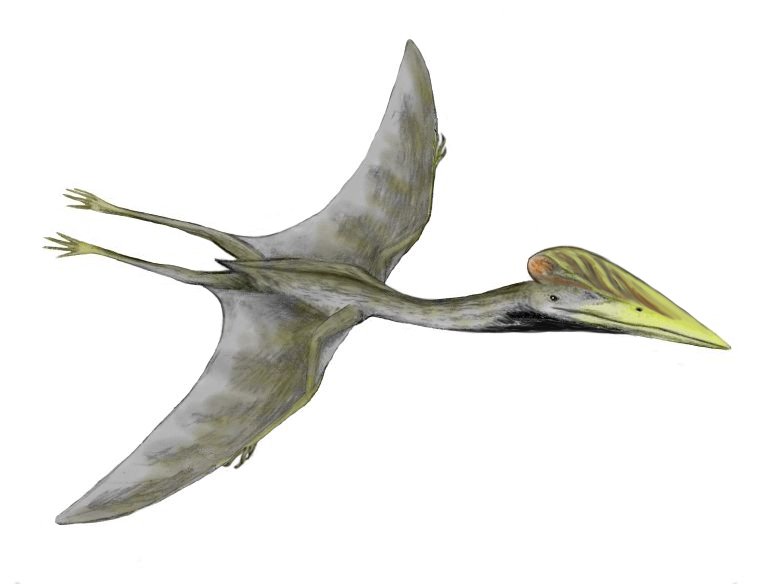On a vanished island in what’s now Romania, a shadow once skimmed the ground – wider than a city bus and armed with a beak built like a crowbar. That shadow belonged to Hatzegopteryx, a colossal azhdarchid pterosaur that lived at the very end of the Cretaceous, roughly sixty-six million years ago. Its story reads like a scientific detective tale: fragments of bone that look fragile at first glance but reveal shocking strength under the microscope. The twist is what it hunted and how it ruled a land of dwarfed dinosaurs without a single tyrannosaur in sight. Understanding this animal reshapes what we mean by “apex predator,” and it hints that the skies did more than just watch the Late Cretaceous – they controlled it.
The Hidden Clues
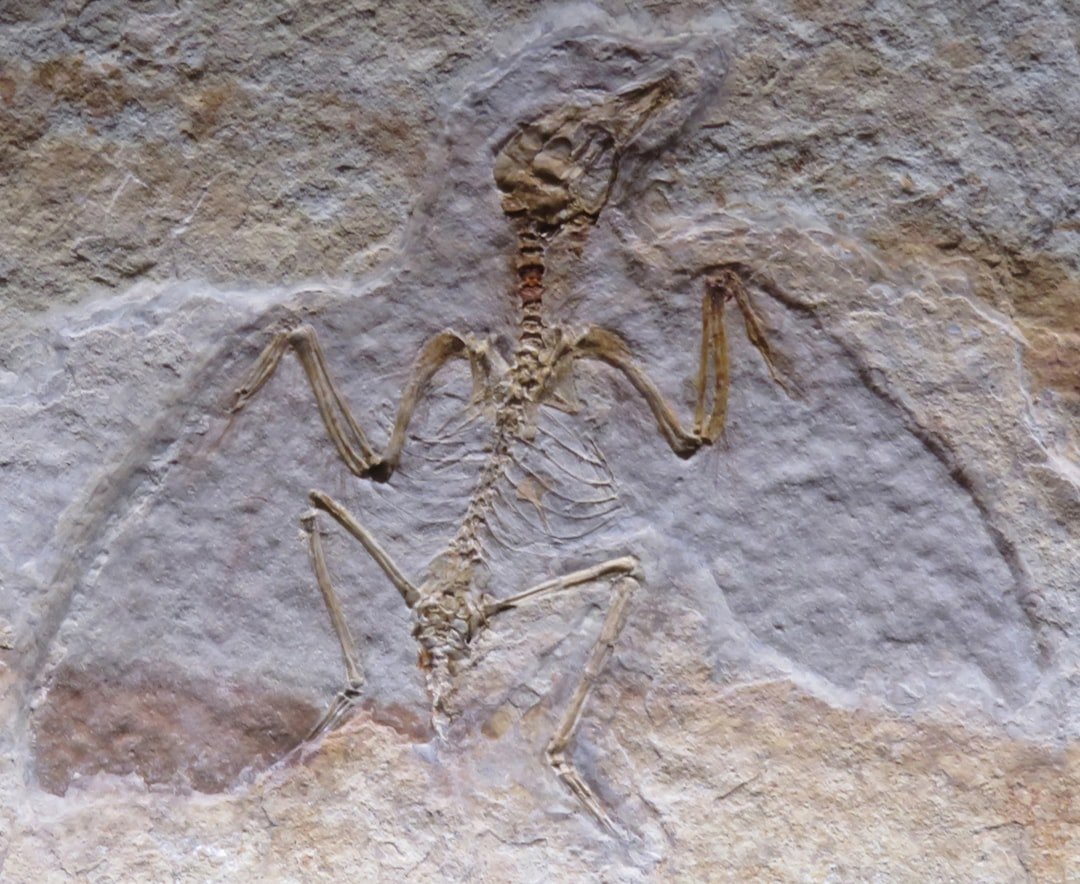
Hatzegopteryx wasn’t discovered as a complete skeleton but as scattered pieces that didn’t seem to match the stereotype of a delicate flier. The bone walls are thin, yes, but inside they form a lattice of struts, like scaffolding in a cathedral – light yet incredibly strong. Early on, scientists realized they were dealing with something huge when jaw fragments and neck vertebrae came up absurdly thick. Those vertebrae are so wide and short that they shrug off the idea of a swan-like neck and instead suggest a powerlifter’s posture. I remember handling a 3D-printed replica of an azhdarchid neck segment in a museum workshop; it felt more like a bridge truss than a bone.
The more the fragments were compared, the clearer the picture became: a flying reptile with a skull among the largest of any airborne creature and a wingspan stretching to about eleven meters. That number isn’t a boast; it’s a conservative reading of bone scale and proportions. On Hațeg Island, this combination of size and strength wasn’t overkill – it was a strategy. The fossils hint at an animal built to stride, strike, and swallow. The clues, once whispers, now speak loudly about a hunter that lived mostly on the ground.
From Ancient Tools to Modern Science
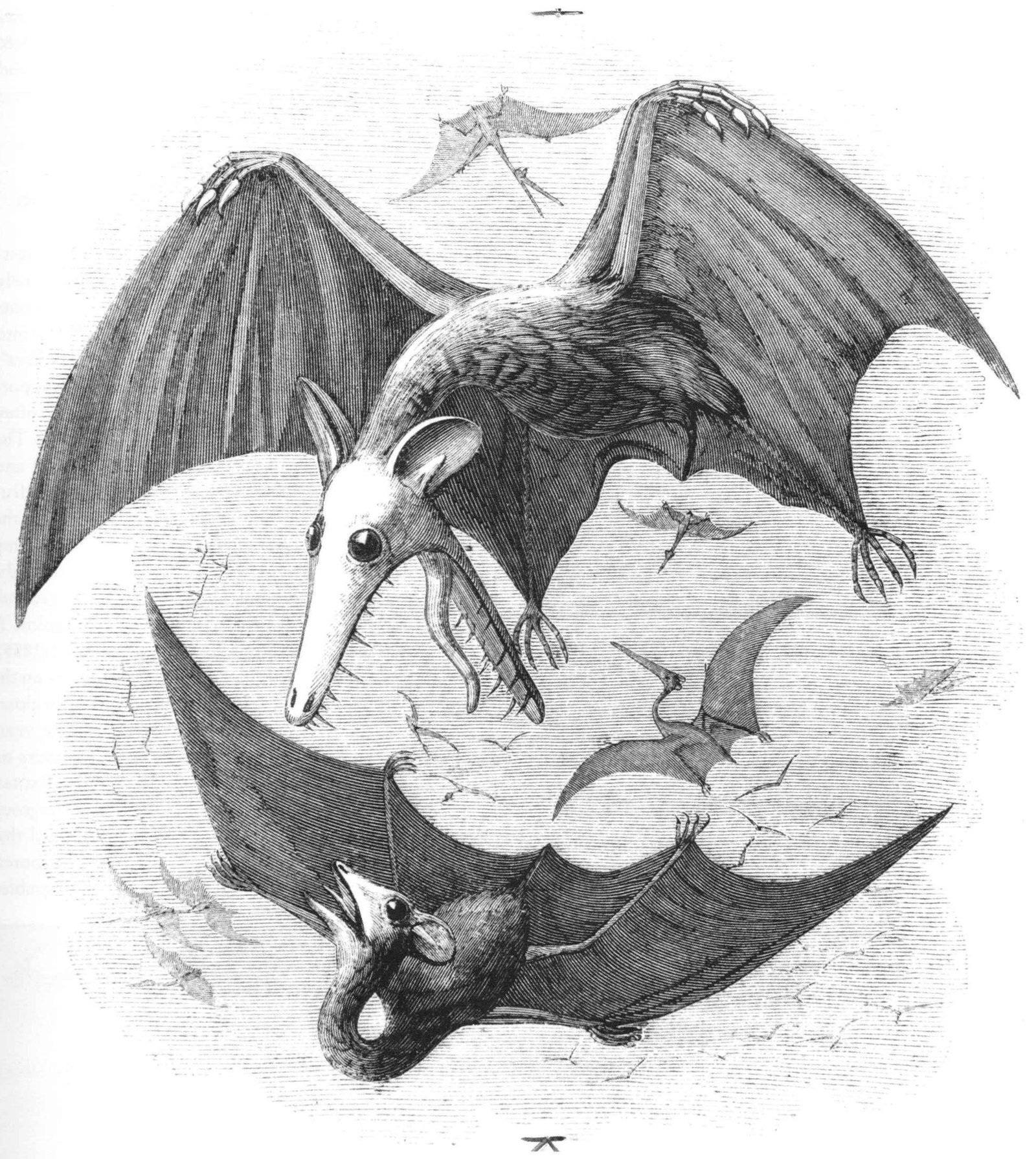
For decades, paleontology here was pickaxe and patience, with field notes damp from Transylvanian rain and plaster jackets drying on farmhouse porches. Then came high-resolution CT scanning, synchrotron imaging, and digital modeling that could test how much stress a neck vertebra could bear. Teams now fly drones to map outcrop exposures, stitch photogrammetry into 3D models, and guide trenching with centimeter accuracy. Even the sediment grains around each bone tell stories, captured under microscopes and logged into databases that talk to one another.
What seemed impossible twenty years ago – estimating bite forces without teeth, modeling takeoff without feathers – is now routine. Researchers simulate quadrupedal launch mechanics, plug bone densities into software, and reconstruct how a living Hatzegopteryx carried its skull like a cantilevered crane. Ancient tools opened the door; modern science walks right through, measuring what bones can truly endure. The result is a tighter, testable picture of a giant pterosaur that didn’t just fly – it dominated.
Anatomy of a Sky-Shadow Predator
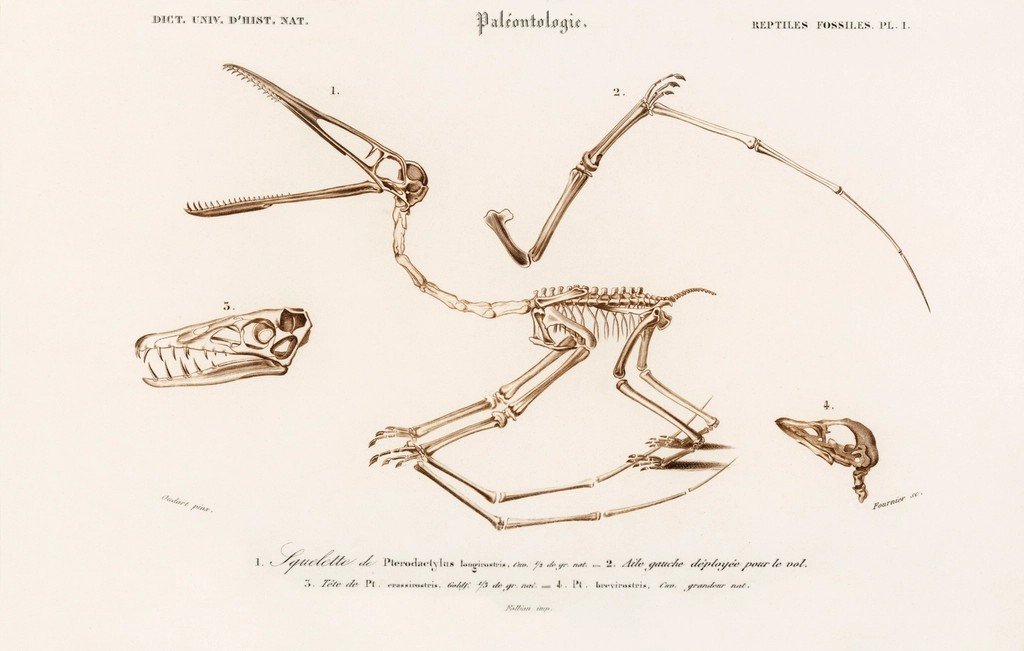
Strip away the romance and you get a clear set of parts: a massive skull with a blade-like beak, a neck built short and thick for its size, and limbs tuned for both flight and stalking. Azhdarchids walked on all fours, leaving trackways that show long forelimbs and surprisingly high shoulders, more stilt than wing when on land. The robust jaws of Hatzegopteryx hint at prey taken whole or subdued with sharp, decisive strikes. Its shoulders and chest would have anchored huge flight muscles, but the body plan also reads as a competent walker – an ambush specialist in open flats and river margins.
Compared with its North American cousin Quetzalcoatlus, Hatzegopteryx appears more bulldog than greyhound. The skeletal architecture implies powerful handling rather than delicate snatching. In an ecosystem full of pony-sized dinosaurs, that difference matters. This is a predator engineered not just to reach prey but to control it. The head did the grabbing; the neck did the heavy lifting; the wings delivered the element of surprise.
Life on the Hațeg Island
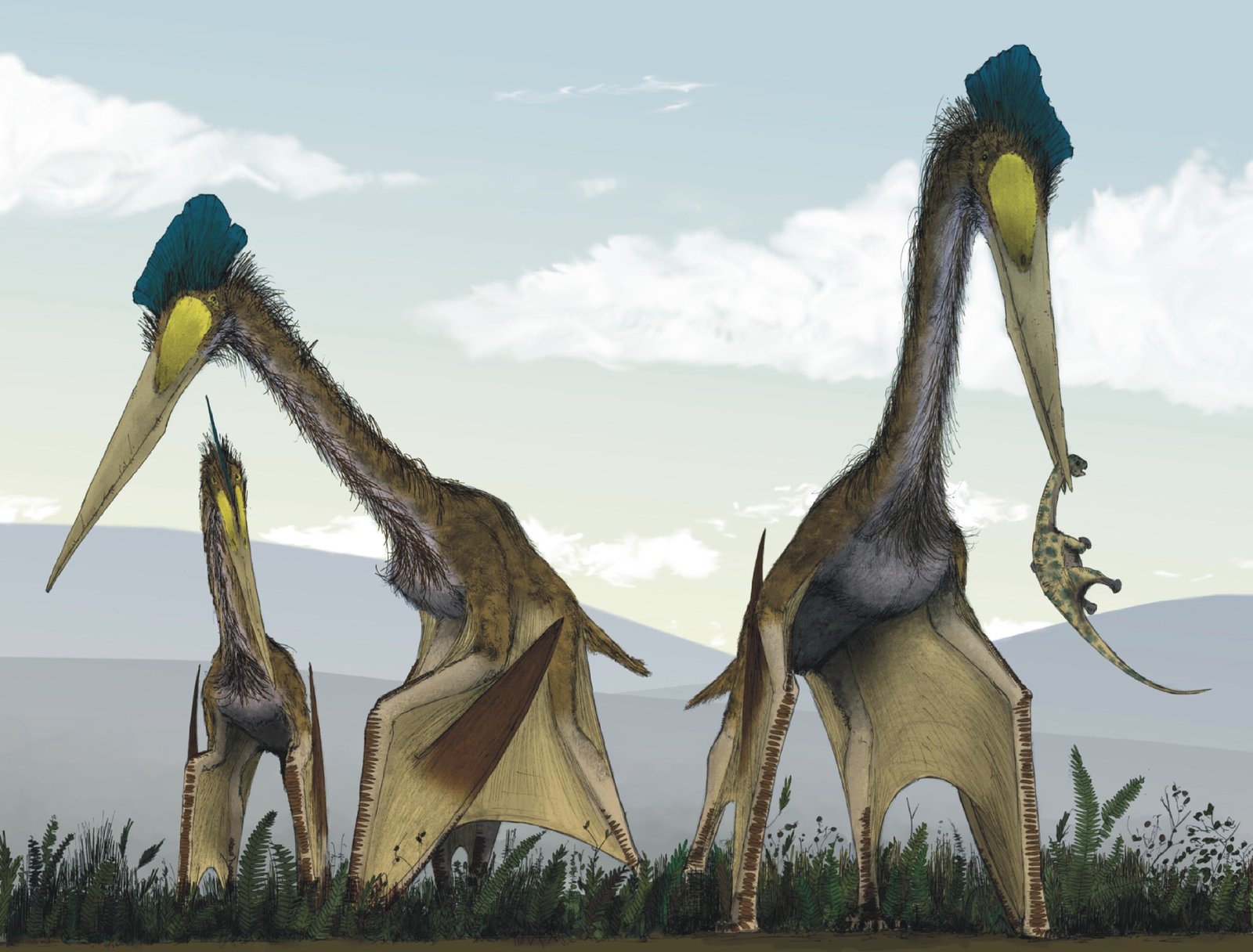
During the Late Cretaceous, Transylvania was not a mountain land but a warm island in the Tethys archipelago. Insular life did weird things: sauropods and hadrosaurs trended smaller, crocodilians prowled wetlands, and large theropods were conspicuously absent. In that vacancy, Hatzegopteryx could step onto center stage. Small to medium vertebrates – juvenile dinosaurs, large lizards, and mammals – would have filled its menu, especially along floodplains and conifer-lined channels where visibility was good.
Island rules mean energy efficiency is everything, and a terrestrial stalking strategy fits the bill. Instead of long chases, think short, surgical strikes from a tall vantage, followed by quick gulps and a powerful launch back to safety. There’s elegance in the economy: move little, see far, hit hard. The fossil fauna makes the scenario plausible, and the biomechanics make it practical. The top hunter on Hațeg didn’t roar; it glided in silence.
The Physics of Flight and the Power of the Neck
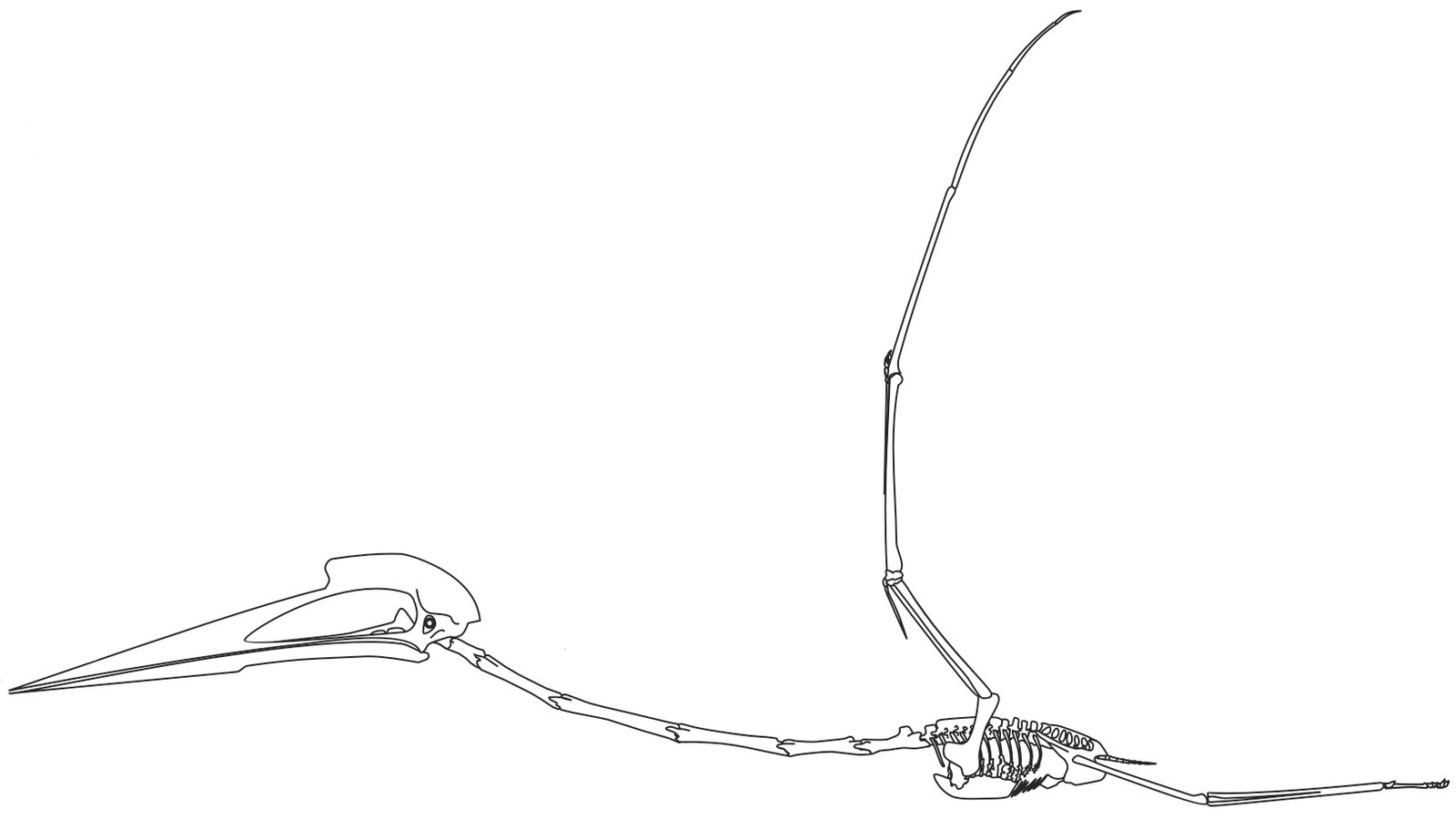
Can a creature with an eleven-meter wingspan really launch itself from the ground? The answer lies in quadrupedal vaulting, where forelimbs provide the burst and wings snap open at the top of the arc. Muscle reconstructions show enough thrust for liftoff at modest speeds, making quick escapes or short patrol flights feasible. Once airborne, broad wings and low wing loading mean efficient soaring over patchy habitats. Flight, in this view, was less marathon and more hop-and-survey.
The neck is the second engineering marvel. Cross-sections show reinforcement that resists bending and torsion, exactly what you need to swing a big head around without snapping delicate tissue. That architecture supports the idea of forceful prey handling – grab, lift, reposition – rather than dainty pecking. Even without teeth, the beak acts like a clamp with a long lever arm. It’s not subtle, but it is smart physics in bone.
Why It Matters
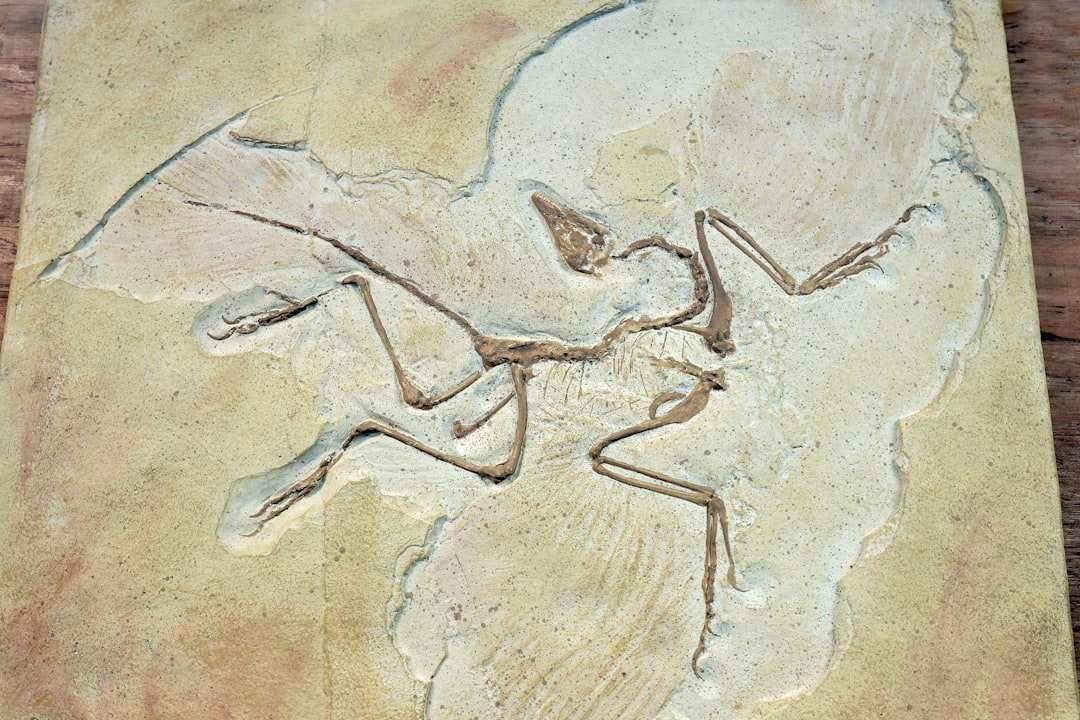
Hatzegopteryx forces us to redraw the predator map and ask who rules when the usual suspects are gone. Traditional thinking pegged pterosaurs as fishers and scavengers, peripheral to the main event. Here, the flier likely was the main event, a ground-hunting apex predator in a dinosaur world. That overturns old categories and expands how we think about ecological roles in deep time. It also makes us more cautious about assuming form equals function without testing the mechanics.
There’s a broader payoff, too. By triangulating fossils, physics, and island ecology, scientists learn how ecosystems reorganize when big players vanish – a lesson uncomfortably relevant today. Models built to explain a Cretaceous pterosaur help us probe resilience and collapse in modern food webs. The methods export well; the insights travel even better. When the past surprises us, it usually means our present assumptions deserve another look.
The Future Landscape
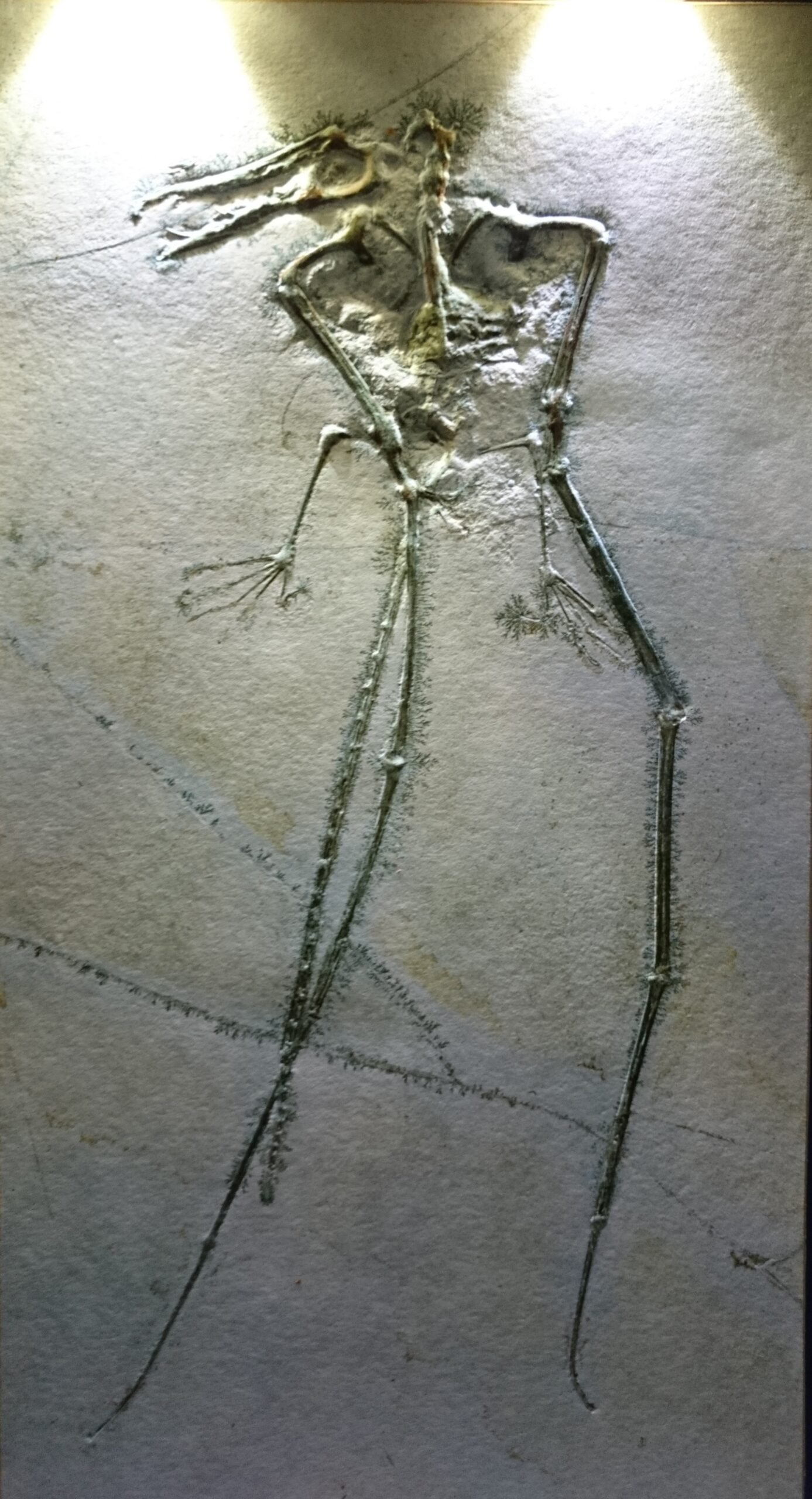
Next-generation CT and micro-CT will peel back internal bone architecture without damaging rare fossils, letting teams test strength-to-weight ratios with precision. Fieldwork is shifting toward targeted micro-excavations guided by drone LIDAR, which can spot fossil-bearing layers under brush or scree in the Hațeg region. Digital twins of bones will be stress-tested in virtual wind tunnels, linking biomechanics with realistic weather scenarios. Even collagen and mineral signatures, if preserved, could refine growth rates and life histories, sharpening age and migration estimates.
The big unknowns remain tantalizing: how quickly could a giant pterosaur launch after a heavy meal, how far could it patrol in a day, and how often did it share turf with other large azhdarchids? New finds from Europe, Africa, and Asia may reveal whether robust-necked giants evolved multiple times or represent a rare ecological experiment. The answers will either tighten the Hatzegopteryx model or push us to rethink it again. Either way, the next decade looks primed for breakthroughs grounded in both rocks and code. The island’s bones still have headlines to make.
How You Can Get Involved
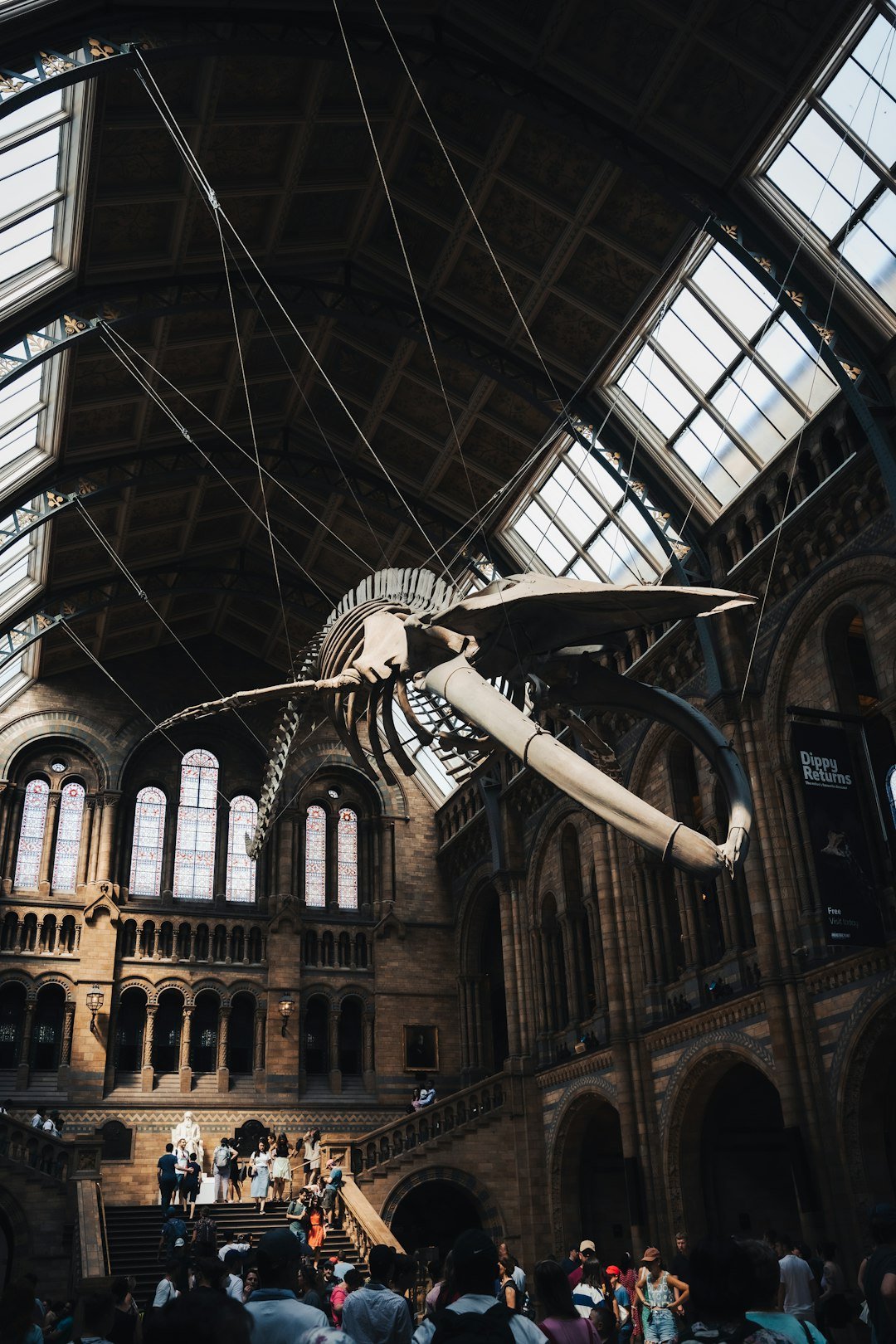
If this story grabbed you, there are simple ways to help it grow. Support natural history museums and regional geoparks that protect sites like Hațeg; your ticket, membership, or donation funds fieldwork and fossil care. Join citizen-science efforts that transcribe field notes or label digital images; a few minutes at your laptop can free up hours for researchers in the field. Educators can fold island evolution and biomechanics into classroom projects, turning pterosaur puzzles into hands-on lessons in physics and ecology.
And stay curious: follow new digs, read open-access papers, and share research responsibly so good science travels farther than rumor. Hatzegopteryx isn’t just a fossil; it’s a mindset shift about what flight can do on land. Curiosity is the fuel that keeps these ancient shadows from fading. Your attention, oddly enough, is part of the ecosystem that keeps discovery alive. Keep looking up – and down.

Suhail Ahmed is a passionate digital professional and nature enthusiast with over 8 years of experience in content strategy, SEO, web development, and digital operations. Alongside his freelance journey, Suhail actively contributes to nature and wildlife platforms like Discover Wildlife, where he channels his curiosity for the planet into engaging, educational storytelling.
With a strong background in managing digital ecosystems — from ecommerce stores and WordPress websites to social media and automation — Suhail merges technical precision with creative insight. His content reflects a rare balance: SEO-friendly yet deeply human, data-informed yet emotionally resonant.
Driven by a love for discovery and storytelling, Suhail believes in using digital platforms to amplify causes that matter — especially those protecting Earth’s biodiversity and inspiring sustainable living. Whether he’s managing online projects or crafting wildlife content, his goal remains the same: to inform, inspire, and leave a positive digital footprint.

